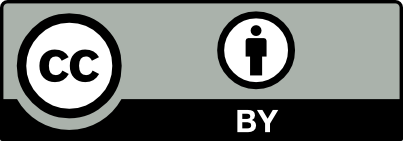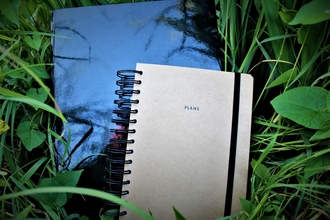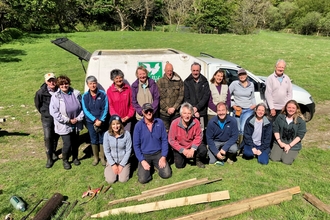How to write a press release
Photo copyright Autumn Barlow/The Wildlife Trusts 2023
Write your press release in a document (ensuring you save it in your folders in an organised way, with the date in the filename for example). Use a clear font like Times New Roman 12 point, line spacing 1.5, and PASTE IT INTO THE EMAIL – people are unlikely to open attachments and it may even be caught and dismissed by spam filters.
Don’t forget to add a little introduction at the top of the email before the press release is pasted in. Be personal – find the name of the contact, and just add a sentence or two about why this story is so important, newsworthy and timely.
Clear, punchy headline – the more like a news article you can write it, the more likely it is they’ll use it, so it can be worth tailoring them to specific outlets if you have time. Get your key message in the first sentence, without commas if possible.
The story comes first. Put details, statistics, funders etc at the end. Also avoid jargon, acronyms and too much detail. You need to grab them emotionally first.
Ensure there are contact details for someone who will be able to answer follow-up questions, including mobiles or out-of-hours contact numbers.
Link to any images, which must be clearly captioned, credited, and cleared for media use. I cannot stress enough how delighted editors are if the story already comes with a high-quality image. They will choose your story over another equally good one that has no image.
Don’t be afraid of bullet points. They can get your key messages over very effectively. If your project or event has been funded, don’t forget to mention those funders or sponsors! It might even be a condition of the funding.
What it says:
How is this news? What is unique about this story that you’re telling, and why now? Consider:
- Is it the first, the largest, the best, the most unique?
- Is it shocking, exciting, revelatory or just plain weird?
If you can’t work out what makes this stand out as a news story, perhaps it would be better pitched as an article/feature, which tend not to be quite as time-critical (but be aware that features often have lead-in times of many months, and do have a certain amount of time restrictions – magazines will generally theme around calendar dates/seasons).
Try for some short, punchy quotes from key people although don’t just repeat what’s been said in the rest of the release.
What to do:
PROOFREAD IT! And get someone else to check it, too. This is not just about spelling, but perfect grammar and punctuation is also vital. Remember these conventions:
- Keep paragraphs short.
- Avoid semi-colons – split up your sentences into smaller sentences instead.
- The convention for adding a quote is to use their name, their title, followed by a colon and open speech marks, and use present tense.
Bobby Example, Director of Examples, says: “I personally think this is a great example.”
Plan ahead! You can set an embargo on a press release if you’re breaking a story on a particular day. Mark it clearly at the top of the press release email if this is the case. You could put:
Embargo: not for publication or broadcast before 00.01 Monday 25 July 2022
Alternatively, you can put:
For immediate release.
Where to send it:
Email it to a named person. You can find the right person by looking in the newspaper at the list of people, searching on their website or LinkedIn, or phoning the paper up and asking who the best person is.
And follow up with a phone call or email a week later, if you haven’t heard anything, and just offer “more information” – often this nudge is all they need to take the story further!


The Wildlife Trusts
Have you been part of a community nature project?
We'd love to hear from you! Your experiences will be shared right here on the Community Hub and will inspire others to take action in their own neighbourhoods.
Except where noted and excluding images, company and organisation logos, this work is shared under a Creative Commons Attribution 4.0 (CC BY 4.0) Licence.
Please attribute as: “Nextdoor Nature (2022-2024) by The Wildlife Trusts funded by The National Lottery Heritage Fund, licensed under CC BY 40”





